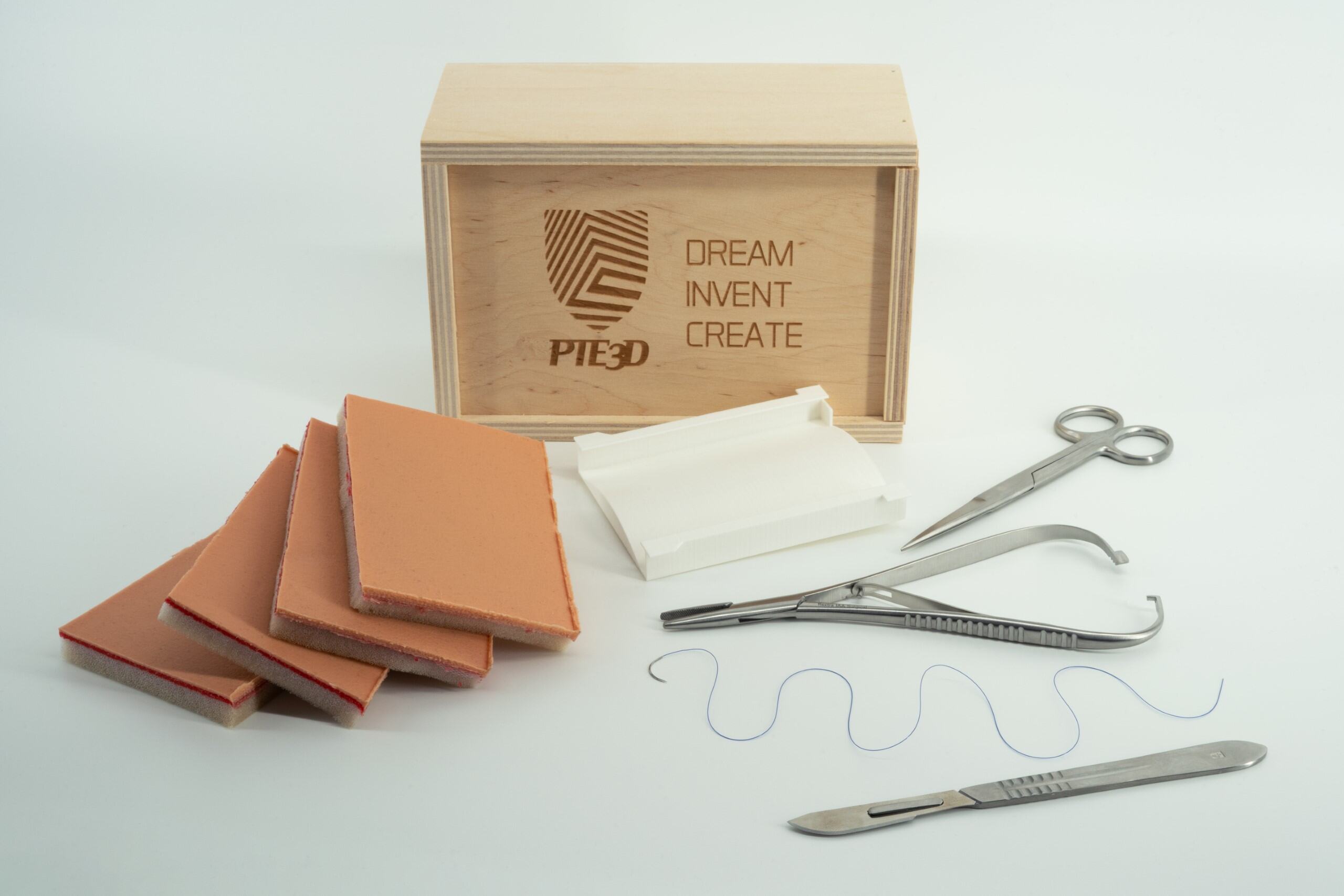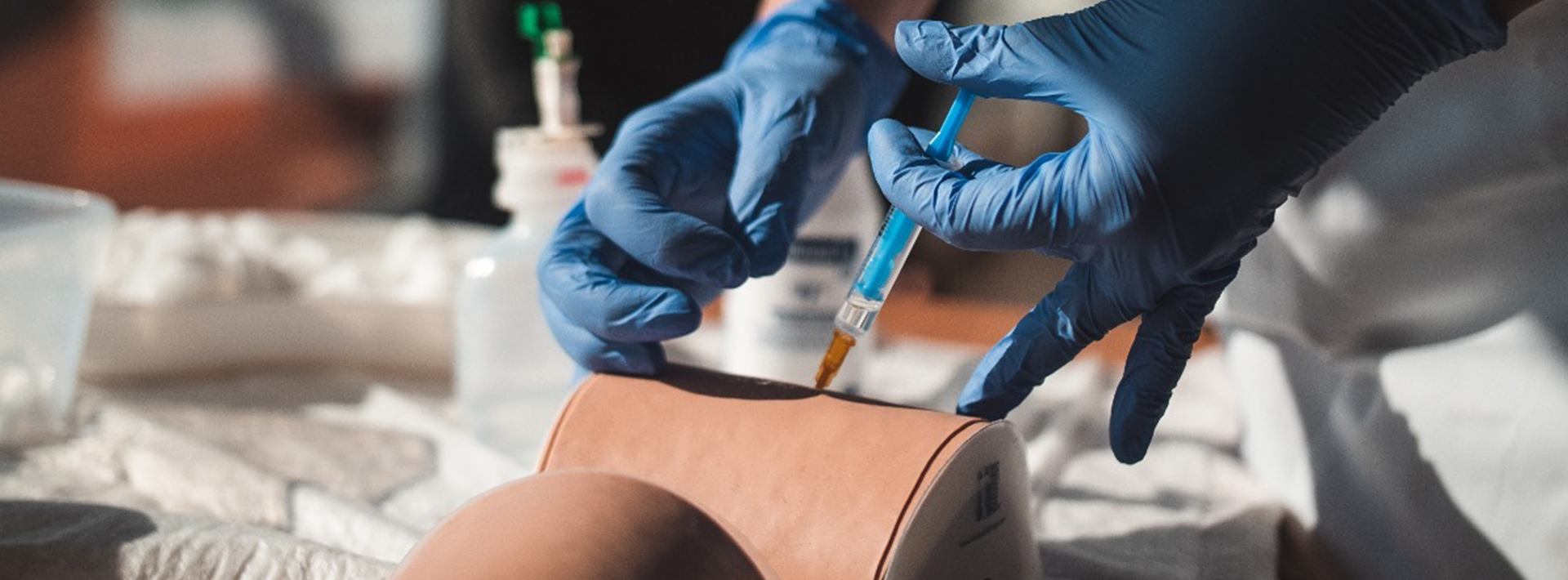Medical simulation education and simulator development

Healthcare simulation has a history spanning centuries, but real developments only happened in the past decades thanks to the latest results of informatics, mechatronics and material technology. The efficacy of this education method is proven by several national and international studies as well. The Center for Advanced Medical Technology does not only use these tools in everyday gradual and post-gradual medical education, since multiple self-designed tools and software were created thanks to the workgroups.
The simplest type of simulators are the so-called “Basic task” trainers, used for teaching about a specific procedure. Our researchers have created and validated skin suturing and other soft tissue models and bone models. They have also designed several demonstration models (for example, dental models). During the manufacturing process of simulators teaching more complex and composite processes there were programming and modelling tasks as well, for which the “Developing a realistic hearth model created with additive manufacturing technology for catheter ablation and virtual 3D mapping” model is a good example. This model is currently in the patenting phase.

Virtual reality (VR) and augmented reality (AR) technologies can efficiently support understanding and teaching anatomy, physiology or pathology processes; but they can also be used to model and simulate certain procedures. They could also have an important role in promoting doctor-patient communication. Our research groups have developed complete AR and VR models and display systems, which have been implemented in everyday education as well.
